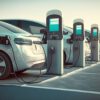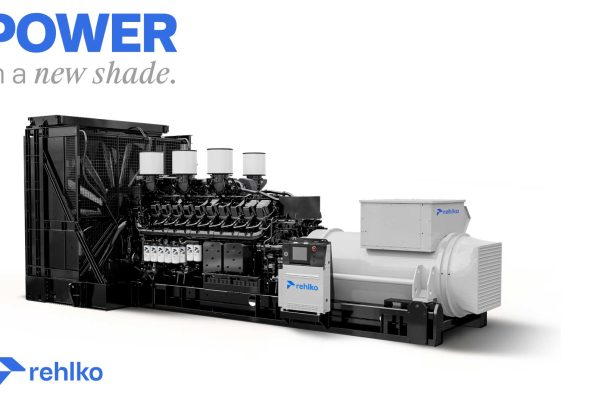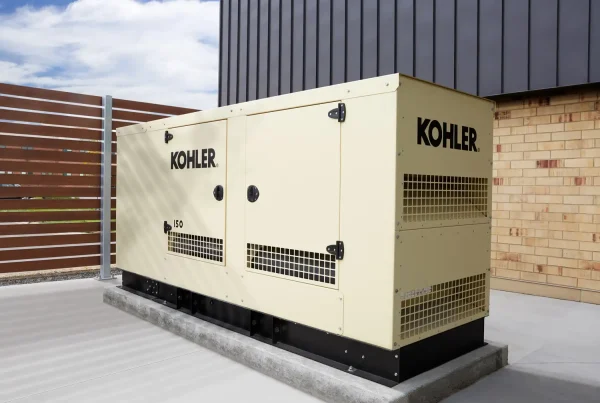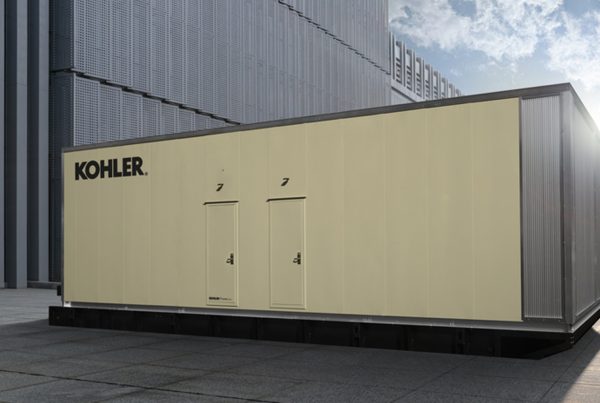Power Integration for Renewable Energy Efficiency
Integrating renewable energy sources improves emissions, asset utilization, and energy resilience. Achieving consistent, high-quality power requires multiple sources like wind, solar, photovoltaics, fuel cells, and emerging technologies such as green hydrogen fuel cells and vehicle-to-grid (V2G) systems. Seamless integration of these sources is key to delivering efficient, cost-effective renewable power.
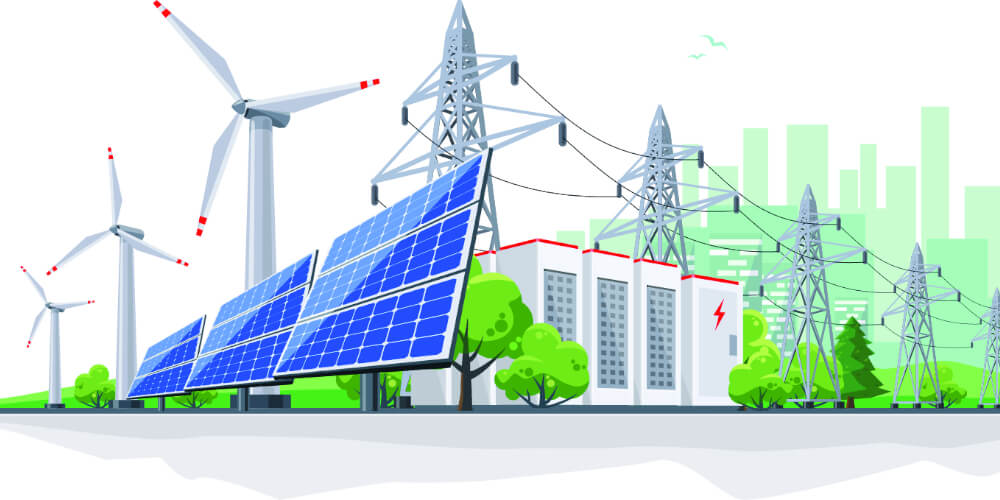
High Voltage DC (HVDC)
While AC power remains dominant, HVDC has emerged as an ideal solution for integrating renewable energy sources like wind and solar. HVDC technology enables efficient transmission of power over large distances, minimizing energy losses. With advanced semiconductors, such as silicon carbide (SiC) MOSFETs, engineers have improved efficiency in high-voltage applications, including EV fast charging infrastructure.
Bi-directional AC-DC and DC-DC Conversion
AC-DC Conversion
AC to DC conversion is crucial for integrating renewable energy into the grid. As renewable power generation and electronic devices increasingly use DC power, efficient conversion technologies are necessary to ensure energy efficiency. Bidirectional AC-DC conversion is essential for applications like vehicle-to-grid (V2G), where EVs provide grid power resiliency.
DC-DC Conversion
DC-DC conversion is vital for transferring power between multi-voltage sources, particularly in electric vehicles (EVs). This technology enables dual-voltage battery systems, improving overall efficiency and reducing energy loss.
Transmission and Distribution Infrastructure
Efficient power integration also requires updating transmission and distribution infrastructure. Legacy systems erode efficiency, and with the growing demand from EVs, the current grid infrastructure is at risk of overload. Upgrading infrastructure ensures optimal transmission, reducing peak demand and integrating renewable energy effectively.
Conclusion
Maximizing energy efficiency through HVDC, AC-DC and DC-DC conversion, and infrastructure improvements will help reduce emissions, lower energy costs, and increase resiliency. Transitioning to renewable energy sources creates not only climate benefits but also economic and health advantages by improving local air quality.



